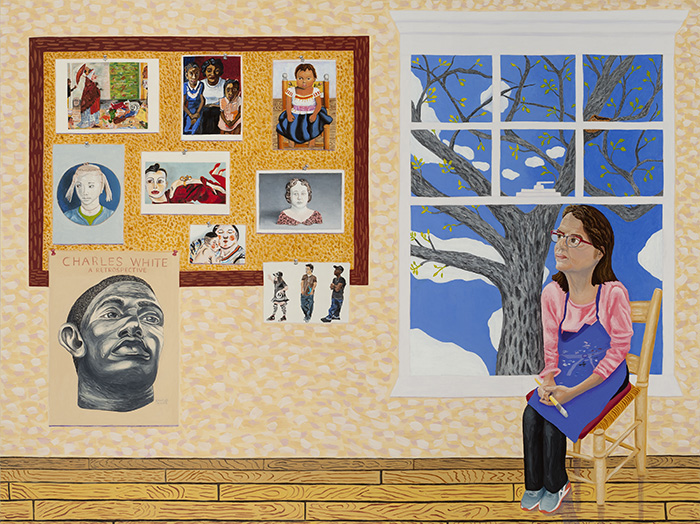From the time that I was a young child, the visual has been important to me. I remember always asking my mother to drive home through the park, Prospect Park in Brooklyn, New York, so I could take pleasure in the lush foliage of the trees that arched along the road. My house was filled with museum reproductions and my mother loved to talk about her favorites, usually paintings with vivid colors. The Brooklyn Museum and the Brooklyn Botanic Garden were our regular haunts. And in my teenage years, my older sister introduced me to The Guggenheim and The Whitney. The art of Isamu Noguchi and Wassily Kandinsky left lasting impressions.
However, being a middle-class girl growing up in the 1950s and '60s, I learned I was not supposed be an artist. It was only after I graduated from college and worked for a year helping with experiments in a neuropsychology laboratory that I had the courage to follow my heart.
My work, whether it is ceramic and sculptural or two-dimensional, drawing and painting, has always reflected my emotional life. When I began in the 1970s during the 2nd wave of the Women’s Liberation Movement, my art was angry. I created primitive figures that flaunted sexuality and spoke to sexual identity. I was often embarrassed by these pieces, but unable to create anything else.
By the 1980s, I had moved on. The sexual became imbedded in images of nature. And with the birth of my son, my only child, I needed to depict people — real people, in everyday situations, and many children from varied walks of life.
Most recently my paintings are narratives — visual stories about my connections to women artists in history all of whom I met and/or researched for my children’s books on women artists. I am painting the confluence of our lives, sometimes humorously, sometimes critically, but always with reverence and gratitude.

STATEMENT

